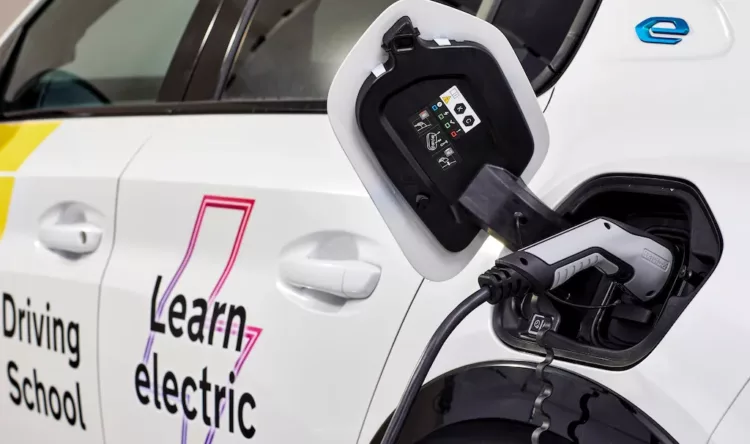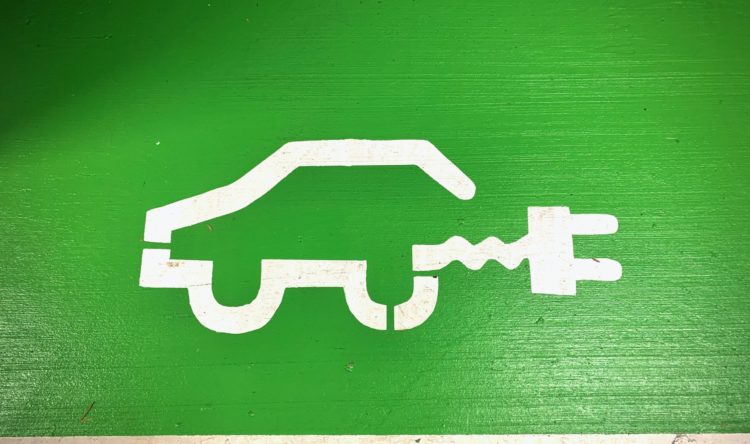Future proofing our roads
Government announces more funding for councils and enterprise
The Government has announced a £15 million funding package for councils across the country to improve traffic signals.
It has also made a commitment to explore how new technology. These include drones and 3D printing that could be used to find and fix potholes.
Green for go
Councils across England will receive a share of the funding. The aim is to improve traffic light systems and cut congestion. Hopefully this will also boost safety and reduce journey times and emissions. These commitments are set out in the recently announced Transport Decarbonisation Plan.
“Whether you’re a motorist, cyclist or pedestrian, every road-user across our country deserves the best possible journey”. Transport secretary Grant Shapps says the “vital funding” will “cut journey times for millions” and “reduce emissions”. He also states that this will “keep the UK at the forefront of technological developments in roads maintenance”.
The government want to “build back both better and greener from the pandemic”.
Filling holes
Finding have also been published from a new initiative called the Digital Intelligence Brokerage (DIB). This aims to encourage more enterprises to research new and innovative ways to fix potholes.
The DIB has already made waves in this area by identifying graphite nanoparticles in asphalt to reduce surface cracks. There is also the use of bio-bitumen materials to create environmentally-friendly road surfaces. Meanwhile it has worked on automated repair operations to minimise risk to road maintenance workers.
This work supports wider Government commitments to use advanced technology. Drones have been used to spot defects in roads and 3D printing to repair cracks.
Intelligent future
Councils will be expected to use the £15m extra funding to repair and improve existing traffic signals. However, they will also need to consider how to future-proof their local road networks.
The Department for Transport (DfT) has also announced the development of a new data standard for local road condition monitoring. It is intended to allow councils to use multiple technologies to carry out road condition surveys. This will hopefully improve national reporting and lead to more accurate and useful data.






